1001
DINOSAUR FOOTPRINTS
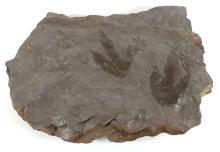
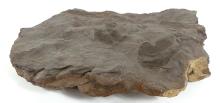
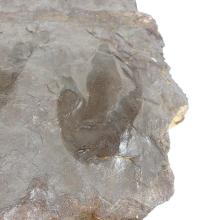
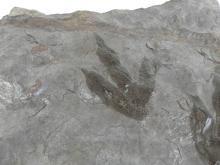
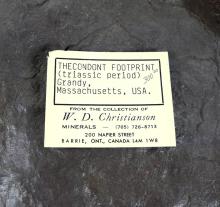
LOT DETAILS
Two footprints on an approximately 45.7 x 40.6 x 5.1cm (18 x 16 x 2in) stone slab with tag identifying them as Thecondont prints, Triassic period from Grandy, Massachusetts, USA from the collection of W. D. Christianson, Barrie, Ontario - the Thecodontia were early archosaurian reptiles that first appeared in the late Permian period, and survived until the Triassic period, circa 201 million years ago; their appearance was similar to crocodiles
